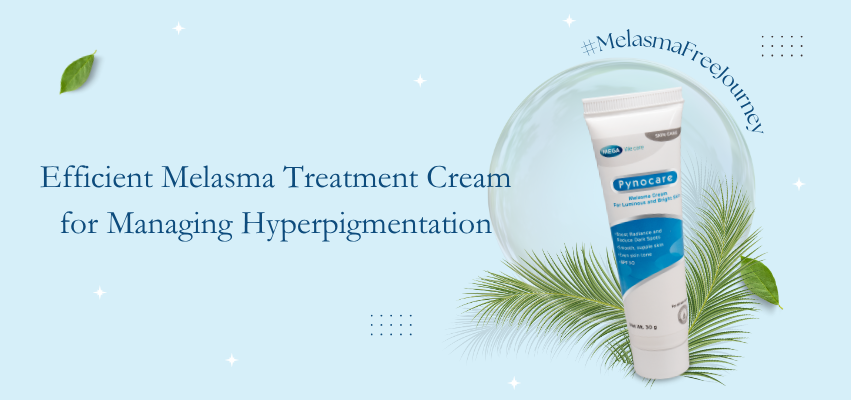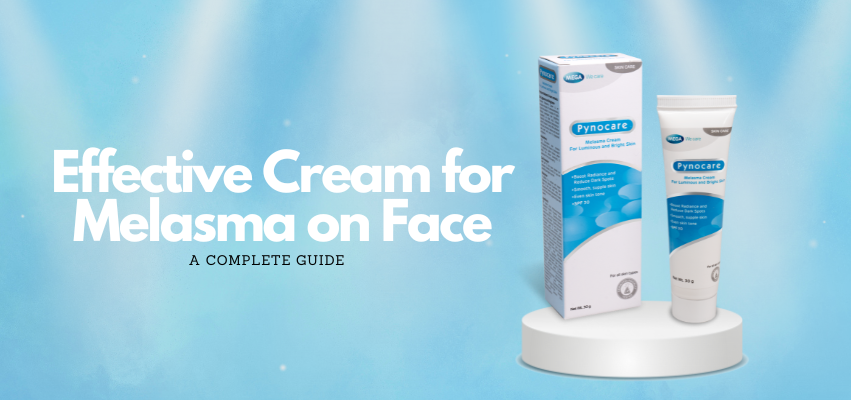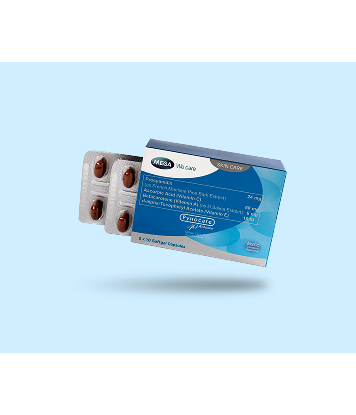Do you have unwanted discoloration, dark spots or darkened areas on your face and body? And are you aware what they are called and what caused them? If you are experiencing this and you just don’t know what they are, it is best that we discuss melasma vs. hyperpigmentation because most of the time, we mistake one from the other. These dark spots on our skin may be melasma or simply hyperpigmentation, and knowing the similarities and differences of both is very important so that we will know how to treat our skin concerns, and even how to prevent both. And in distinguishing melasma vs. hyperpigmentation, we have to classify their origin, what skin tone it appears on, when it is developed, how it looks like, its’ color and pattern on the skin.
First things first, hyperpigmentation is a skin condition wherein the skin is discolored and spots or even patches of skin are darker compared to the surrounding skin. This is caused by excessive sun exposure, acne scarring, inflammation which may be due to eczema flare-up and because of this, there is an over-production of brown pigment, melanin, which leads to the creation of dark spots. We may stop this from becoming more prominent by avoiding exposure to the sun through the use of sunscreen, or by avoiding picking at the skin to prevent further skin injury from spots, scabs and acne. To treat hyperpigmentation, we can use topical treatments which can help lighten the skin eventually. Some people choose cosmetic procedures to lighten the appearance of hyperpigmentation faster. This includes procedures such as laser therapy, peels, and microdermabrasion.
Melasma, on the other hand, is similar to hyperpigmentation and is a common pigmentation disorder that causes brown-black or gray patches to appear on the skin, primarily more common on the faces of women. But unlike hyperpigmentation, melasma is usually caused and triggered by hormonal factors or hormonal influences and changes during pregnancy. This hormonal aspect somehow differentiates melasma to hyperpigmentation. Melasma may also be caused by overproduction of melanin as a result of exposure to UV, free radicals and harsh cosmetics. When comparing the treatment of melasma vs. hyperpigmentation, melasma is harder to treat and takes longer to lighten.
When it comes to treatment of melasma vs. hyperpigmentation, especially in the case of melasma, it is not enough to have sunscreen on. We can treat melasma with special products that are clinically tested and recommended. Since melasma starts from within, it needs a special solution that goes way beyond topical. One amazing product that has been tried, tested and has been proven to treat melasma is Pynocare. It has MSCC (Melasma Skin Clear Complexion) Complex Actisome, that fights the damaging free radicals and controls the overproduction of melanin to normal level in skin cells, resulting to lightening and 85% reduction of size and intensity of Melasma in just 8 weeks! It is very safe, FDA approved and easily accessible because it is an over-the-counter drug!
Do you want to reduce your visible signs of aging and treat your melasma? Choose the safe, natural and convenient way to#LetTheLightIn, choose Pynocare.
Article submitted by: mommygives.com
—————————————————————————————————————————
PYNOCARE (Procyanidin + Ascorbic Acid + Betacarotene + d-Alpha-Tocopheryl Acetate)
The first and only oral medicine that is clinically proven to reduce Melasma or dark spots formation in just 8 weeks. Unlike creams, lotions and gels, it has MSCC or Melasma Skin Clear Complexion Complex formulation that deeply penetrates the inner layers of the skin, to help normalize melanin levels, thus minimizing the appearance of dark spots in a short time.
Mega Lifesciences Limited Inc. or Mega We Care, is actively involved in helping millions of people have access to safe, effective, world class quality nutritional & herbal supplements, OTC and ethical products.





















No Comments on Melasma vs Hyperpigmentation: Know the Difference!